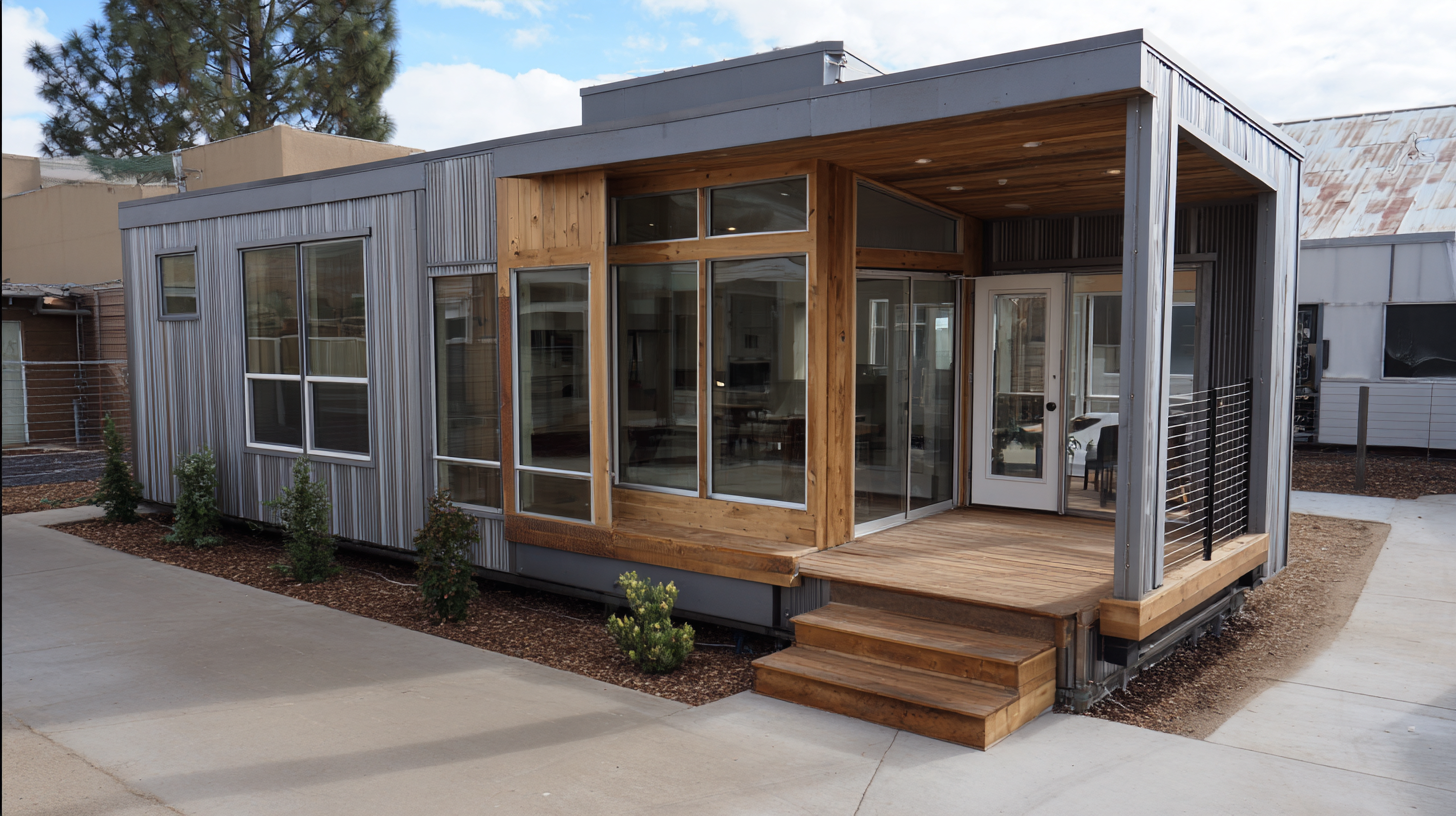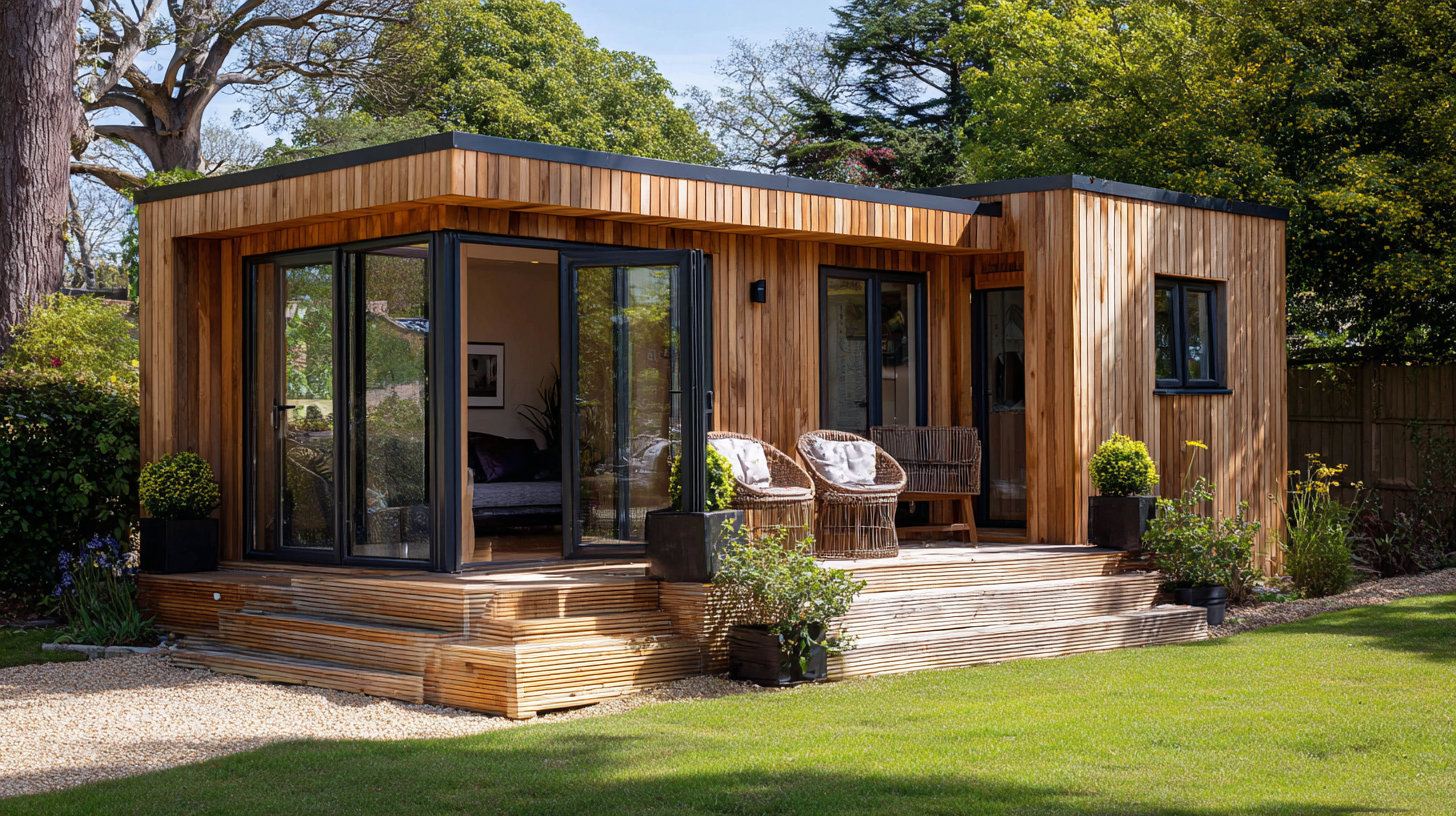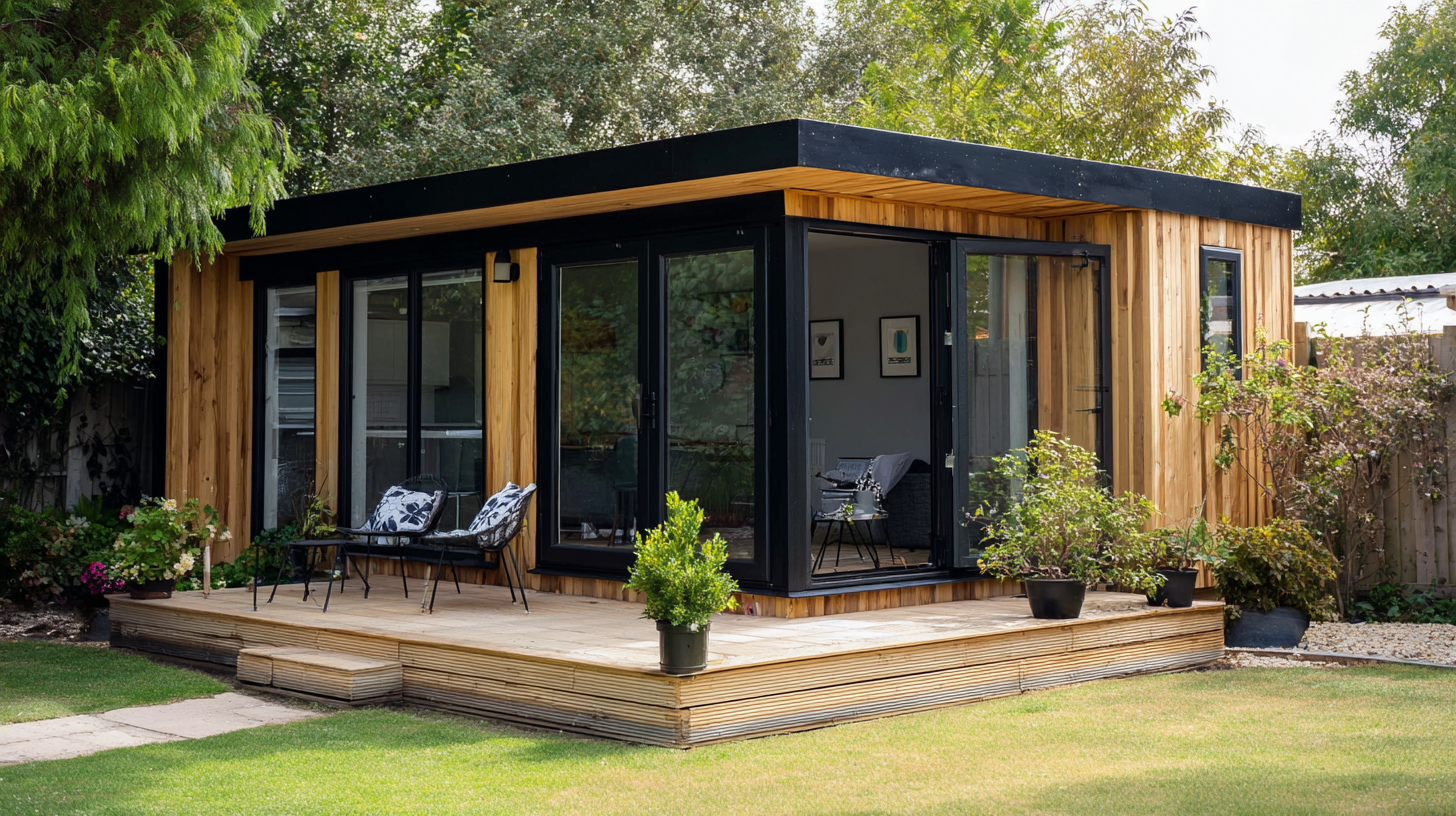When selecting the ideal Modular Shed Homes, consumers face a myriad of challenges that can make the decision process daunting. According to a recent report by the Manufactured Housing Institute, the demand for modular homes has surged, with a 32% increase in shipments over the past five years, underscoring a growing preference for flexible living spaces. However, navigating the diverse options available—ranging from size and materials to custom features—can overwhelm potential buyers. Additionally, a survey conducted by Statista indicated that 67% of homeowners prioritize energy efficiency and cost-effectiveness, yet often overlook crucial factors such as zoning regulations and site preparation, which are vital for successful installation. Thus, understanding the balance between functionality, aesthetic appeal, and compliance becomes essential as consumers strive to find the best Modular Shed Homes that meet their specific needs.

When it comes to selecting the perfect modular shed home, understanding your space requirements is crucial. Modular shed homes come in various sizes and layouts, designed to cater to different needs. Assessing your intended use is the first step; whether you envision a cozy retreat, a practical workspace, or an additional storage area, knowing how you plan to utilize the space can guide your choice.
Once you've identified the purpose of your modular shed home, consider the available land and its dimensions. Measuring your property helps to determine the appropriate size for your shed, ensuring that it fits harmoniously within the surrounding landscape. Additionally, local zoning regulations and building codes may impact the size and structure of your shed, making it vital to research these factors. Balancing your space needs with these external constraints will help you navigate the challenges of selecting the best modular shed home for your lifestyle.

When considering modular shed homes, evaluating cost-effectiveness is crucial for ensuring that your financial investment aligns with your specific needs. According to the National Association of Home Builders (NAHB), the average cost of building a modular home ranges from $100 to $200 per square foot, which can be significantly lower than traditional homes that can hit $300 or more. These figures highlight the potential savings that modular options can provide, enabling buyers to maximize their budgets without compromising on quality.
In addition to initial costs, ongoing expenditures play a vital role in the overall budgeting process. Data from the U.S. Energy Information Administration indicates that energy-efficient modular homes can reduce utility bills by up to 30%. By factoring in these long-term savings, homeowners can make more informed decisions about the type of modular shed that best suits their financial and lifestyle requirements. Furthermore, many modular manufacturers now offer customizable designs that cater to various price points, allowing for flexibility in both aesthetics and affordability. This adaptability ensures that buyers can find a solution that not only fits their budget but also meets their functional demands.
| Feature | Average Cost ($) | Maintenance Cost ($/Year) | Lifespan (Years) | Customization Options |
|---|---|---|---|---|
| Basic Model | 3,000 | 150 | 15 | Limited |
| Standard Model | 4,500 | 200 | 20 | Moderate |
| Premium Model | 6,500 | 300 | 25 | High |
| Eco-Friendly Model | 5,500 | 250 | 30 | Extensive |
When selecting the best modular shed homes, it’s essential to identify the features that will cater to your lifestyle needs. One of the key aspects is the layout. Depending on how you intend to use the space, consider whether an open floor plan or distinct rooms better suits your needs. If you plan on using the shed primarily as a workspace or a studio, an expansive area with ample natural light can boost creativity and productivity. Conversely, if it’s for storage or as a guest suite, compartments and designated spaces can enhance functionality and organization.

Another critical feature is insulation and weather resistance. Depending on your climate, proper insulation can make a significant difference in comfort and energy efficiency. Look for modular sheds that offer high-quality materials and construction techniques. Additionally, features like double-glazed windows and reinforced walls can protect your investment from the elements while providing a cozy environment year-round. By evaluating these aspects, you can ensure that your modular shed home is not only a practical choice but also a comfortable sanctuary tailored to your lifestyle.
When considering the construction of a modular shed home, one of the first hurdles to navigate is local regulations and permitting requirements. Each locality has its own set of building codes and zoning laws that dictate what can and cannot be built. Often, these regulations are in place to ensure safety, aesthetics, and environmental protection. Before making any decisions about the design or location of your shed home, it's crucial to research the specifics of your area. This not only helps in avoiding legal complications but can also inform the overall planning process.
Obtaining the necessary permits can be a time-consuming endeavor. You may need to submit detailed plans and undergo inspections at various stages of construction. Keep in mind that your modular shed home must comply with specific standards, which may include structural integrity, energy efficiency, and even height restrictions. Engaging with local authorities early in the planning phase can streamline this process and provide clarity on what is required. By proactively addressing these permitting issues, you can better align your vision for a modular shed home with the realities of your local regulations.
When selecting the best modular shed homes, sustainability plays a crucial role in the decision-making process.
One of the key considerations is the type of materials used in construction. Opting for sustainable materials such as reclaimed wood, bamboo, or recycled metals can significantly reduce the environmental impact of your shed. These materials not only contribute to a smaller carbon footprint but also enhance the durability and longevity of the structure, making it a more efficient investment in the long run.
Another important aspect to consider is the energy efficiency of the modular shed.
Incorporating insulation made from renewable resources and energy-efficient windows can minimize energy consumption for heating and cooling. Furthermore, the use of non-toxic paints and finishes can improve indoor air quality, ensuring a healthier environment. By prioritizing these sustainable features, you can create a modular shed home that aligns with eco-friendly practices while meeting your functional and aesthetic needs.
